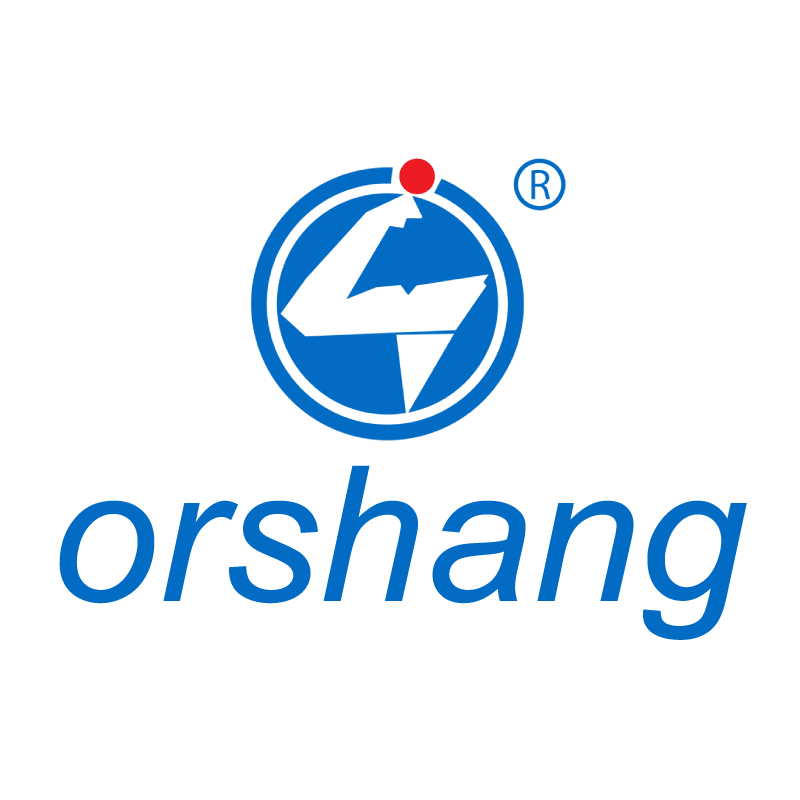В повседневном использовании все называют это по-разному, что примерно сводится к 8 видам: машина для розлива, оборудование для розлива, наполнитель, упаковочный наполнитель, машина для объемного розлива, Автоматическая система розлива, машина для герметизации и розлива, этикетировочная машина для розлива и т.д. Эти слова обычно различаются в зависимости от страны и привычек каждого человека, но, по сути, все они относятся к одному и тому же типу оборудования.
Что такое разливочная машина?
Разливочная машина – это специализированное оборудование, используемое для точного розлива жидкостей, порошков, паст и других материалов в бутылки, банки, пакеты и другие емкости, которые широко используются в пищевой, фармацевтической, косметической и химической промышленности.
Классификация разливочной машины?
В соответствии с различными принципами наполнения:
Разливочная машина при атмосферном давлении: под атмосферным давлением жидкость заливается в упаковочный контейнер под действием собственной силы тяжести. Подходит для жидкостей с низкой вязкостью, которые не содержат газа и не боятся контакта с атмосферой.
Машина для розлива под давлением: с помощью давления (механического давления, пневматического давления, гидравлического давления и т.д.) в упаковочный контейнер будут вдавливаться жидкие материалы. Он подходит для розлива вязких материалов с большой вязкостью и низкой текучестью, а также жидких материалов с низкой вязкостью, что обусловлено характеристиками самого материала или материальными и конструктивными ограничениями упаковочного контейнера.
Вакуумная разливочная машина: розлив осуществляется под давлением в бутылке, которое ниже атмосферного. Эта разливочная машина отличается простой конструкцией, высокой эффективностью, широким диапазоном вязкости материала, к которому можно адаптироваться, подходит для негазовых жидкостей, не боится контакта с воздухом и окислительного снижения вязкости жидкостей небольшого объема, а также токсичных жидкостей.
Классифицируются в зависимости от типа пломбировочных материалов:
Машина для розлива жидкостей: в основном используется для розлива различных жидких материалов, таких как молоко, ликер, напитки, пищевое масло, вода, фруктовые соки и т.д.
Машина для розлива пасты: в основном используется для розлива различных пастообразных продуктов, таких как кетчуп, соус чили, донные материалы для кастрюль, зубная паста, арахисовое масло, крем для кожи и т.д. Эти машины для розлива, как правило, имеют электромеханическую и пневматическую интеграцию и управляются ПЛК.
Машина для розлива порошков: Используется для розлива порошкообразных материалов, таких как сухое молоко, стиральный порошок, лекарственный порошок, приправы MSG, химические порошки и т.д. Подходит для предприятий общественного питания, пищевой промышленности, медицины, бытовой химии, табака, алкоголя, химической промышленности, приправ.
Машина для наполнения гранул: подходит для упаковки саше в медицине, пищевой промышленности, химической промышленности, производстве пестицидов и мелких гранул.
Классифицируется в зависимости от емкости для наполнения:
Машина для розлива бутылок: Подходит для пластиковых бутылок, стеклянных бутылок или металлических бутылок, обычно используемых в производстве напитков, косметической, фармацевтической и других отраслях промышленности.
Классифицируются в зависимости от степени автоматизации заправки:
Разливочная машина с ручным управлением: недорогая, подходит для мелкосерийного производства, но требует ручного управления.
Полуавтоматическая разливочная машина: требует участия человека в некоторых операциях, таких как укладка бутылок, извлечение бутылок и так далее. Этот тип разливочной машины подходит для мелкосерийного производства или пилотной стадии.
Разливочная машина моноблочного типа: часть работы, например, укладка бутылок, сбор бутылок и так далее, выполняется вручную.
Полностью автоматическая линия розлива: обеспечивает автоматическое производство на протяжении всего процесса – от расфасовки в бутылки, розлива, герметизации, маркировки до упаковки. Этот тип разливочной машины подходит для крупномасштабного производства, может значительно повысить эффективность и качество продукции.
В соответствии с классификацией типов фасовочного оборудования:
- Линейная разливочная машина: более распространена на линии розлива, имеет большой объем применения на рынке и высокую техническую зрелость. Подходит для розлива пасты, порошка, гранул и т.д..
- роторная разливочная машина: благодаря вращению пути достигается синхронная работа нескольких разливочных головок, подходящая для высокоскоростных производственных линий.
Классифицируется в соответствии со специальной функцией наполнения:
- Машина для количественного наполнения: обеспечивает точное наполнение в соответствии с заданным количеством наполнителя, подходит для продуктов со строгими требованиями к количеству наполнителя.
- Дозирующая машина для розлива: контроль объема наполнителя в режиме реального времени с помощью датчика взвешивания обеспечивает точное управление. Подходит для жидких материалов с низкой вязкостью, таких как краски и покрытия.
- Машина для розлива с защитой от капель: может эффективно предотвращать капание жидкости во время процесса розлива и поддерживать чистоту в производственной среде.
- Индивидуальная разливочная машина: изготавливается по индивидуальному заказу в соответствии с фактическими потребностями клиентов.
Рассмотрим факторы, которые необходимо учитывать перед покупкой фасовочной машины:
При покупке фасовочной машины вам необходимо учитывать следующие аспекты, чтобы убедиться, что оборудование подходит для ваших производственных нужд.
Пригодность продукта:
При выборе фасовочной машины обратите внимание на тип продукта, который вы собираетесь использовать, и его вязкость. Например:
- для производства пудры необходима машина для розлива пудры.
- для густых средств по уходу за кожей подходят машины для розлива крема.
Требования к пропускной способности:
Выбор оборудования зависит от масштаба производства: для мелкосерийного процесса упаковки можно использовать ручную или полуавтоматическую разливочную машину, в то время как для крупносерийного производства лучше всего использовать автоматическую разливочную машину.
Оборудование, инфраструктура, техническое обслуживание и гигиена:
В пищевой и фармацевтической промышленности технологические линии, такие как фасовочные машины, должны быть изготовлены из нержавеющей стали с поверхностью, контактирующей с пищевыми продуктами, чтобы предотвратить загрязнение и коррозию.
Степень автоматизации:
Если при прежнем бюджете и эффективности требовалось полуавтоматическое или полностью автоматизированное оборудование, то, опять же, более высокая степень автоматизации означает более высокую эффективность, но может привести к более высоким затратам на начальном этапе.
Продажа запасных частей и других соответствующих услуг:
Претенденты должны быть в состоянии предложить или рекомендовать надежную торговую марку или поставщика, который предложит услуги по техническому обслуживанию или запасные части.
Общайтесь с нашей профессиональной технической командой
Английская версия: машина для розлива, машина для розлива жидкости, машина для розлива пасты


